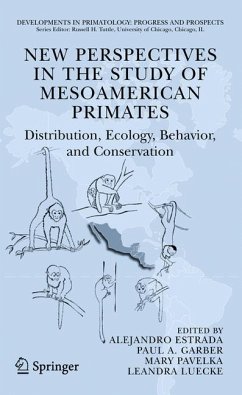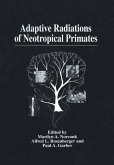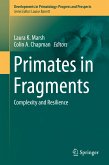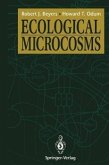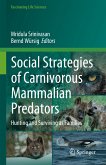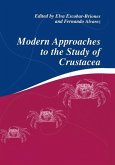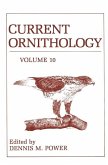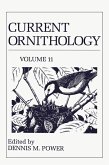Dieser Download kann aus rechtlichen Gründen nur mit Rechnungsadresse in A, B, BG, CY, CZ, D, DK, EW, E, FIN, F, GR, HR, H, IRL, I, LT, L, LR, M, NL, PL, P, R, S, SLO, SK ausgeliefert werden.
"There has, until now, been no synthesis of what is known about Meso-American primates. Which is one of the reasons that New Perspectives in the Study of Mesoamerican Primates is so welcome ... . Part of Springer's excellent 'Developments in Primatology' series, the book's 43 authors cover a wide variety of topics, with a depth and breadth that will be of great use not only to current and future researchers working on primates in the region but form the bases for productive comparisons ... ." (Adrian A. Barnett, Primate Eye, October, 2006)
"New Perspectives in the Study of Mesoamerican Primates is an interesting book covering a wide range of topics with reference to a selected group of primate taxa. It will be an important reference book for primatologists in general and especially for persons working with capuchins, howlers and spider monkeys. Moreover, the book should definitely be in libraries of Mesoamerica, accessible to the Latin American primatologists who, during the next several decades, will bear the responsibility of protecting and preserving them." (E. Fernandez-Dugue, International Journal of Primatology, Vol. 28, 2007)

